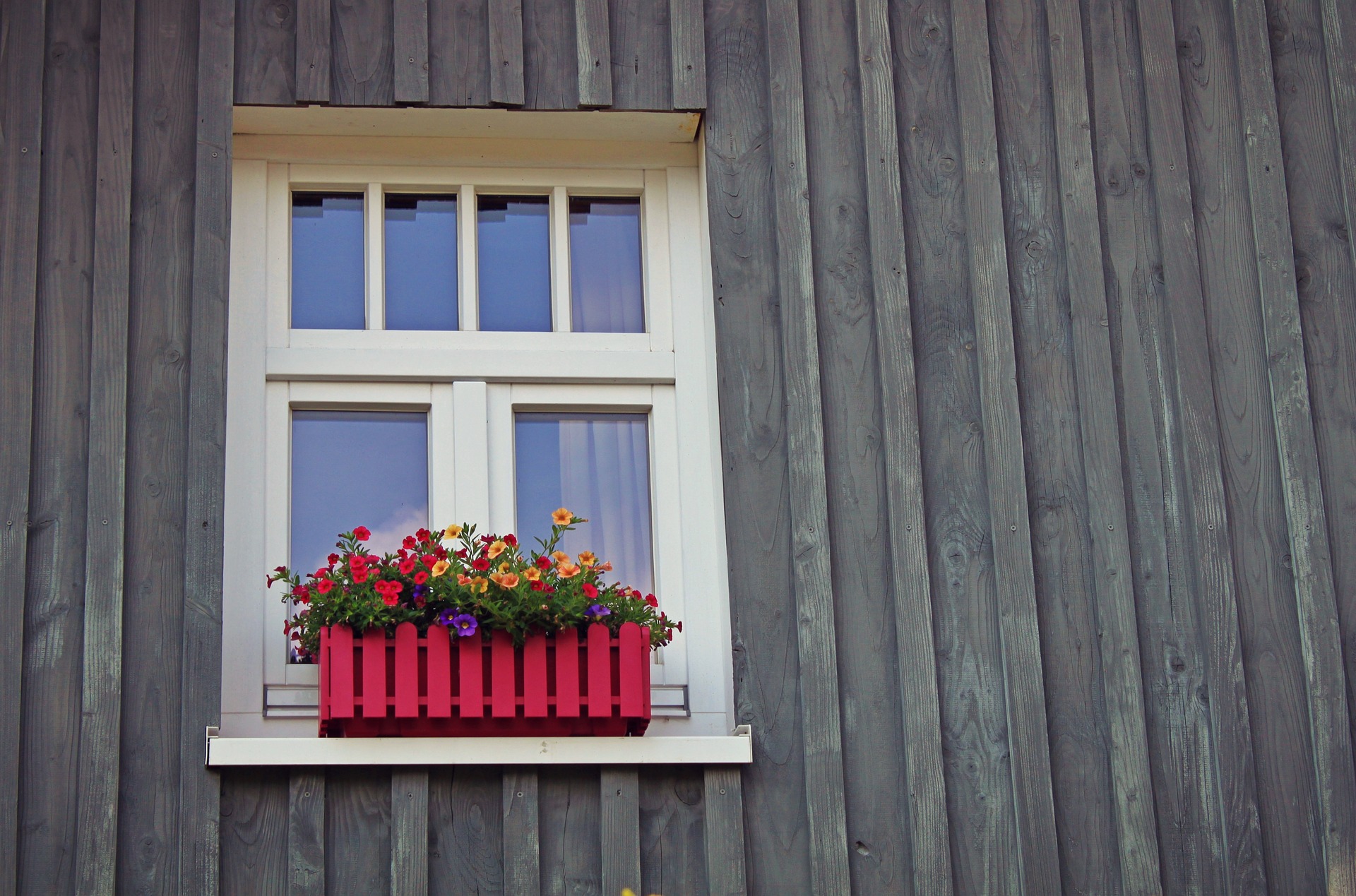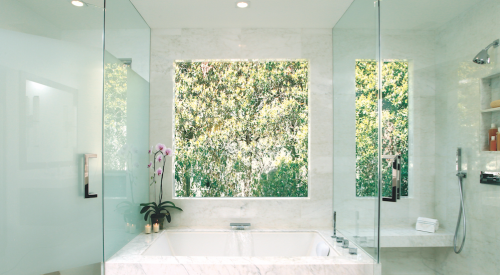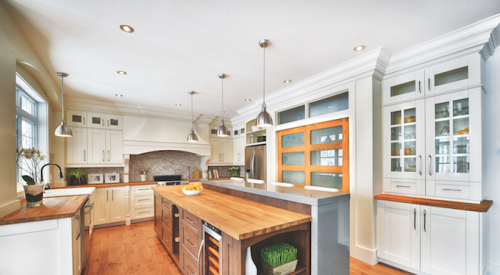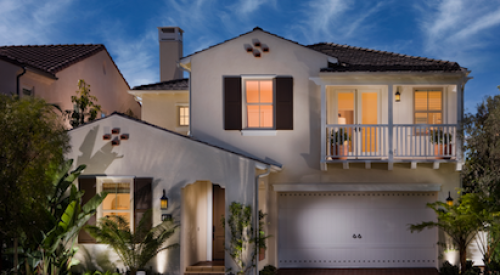This month, we bring you our annual report on the kitchen and bath design trends that hold the greatest appeal for buyers. Contributor Wanda Jankowski spoke to builders and designers from all over the county to answer the perennial question: What do buyers want most in these important rooms of the house? As you’ll see, open-plan kitchens, spa-like baths, and hardworking storage are highly sought after, as is abundant daylight, whether the design is traditional, transitional, or modern (Image: Coco Parisienne via Pixabay).
Among the many features we highlight, provisions for aging in place are also must-haves. This reflects a trend that informs design and transcends it, driven by what the Joint Center for Housing Studies of Harvard University calls “the rising tide of older homeowners,” who will account for more than 75 percent of projected growth in the coming decade.
Chicago-based designer Mick De Giulio, owner of De Giulio Kitchen Design, has been crafting elegant kitchens for four decades. He has done projects as small as 54 square feet and as large as 1,000 square feet. He has witnessed many market trends, peaks, and dips. But recently, De Giulio says, he has noticed something he hasn’t quite seen before: Homes, and the most important rooms in them, are being designed not for resale but for actual use. “There’s a definite change in the way people are looking at their homes and their surroundings,” he observes. “Clients in the last half of their lives are saying, ‘This might be the last place I ever live in.’ They’re not making decisions based on a new buyer, but instead, on quality of life. They’re saying, ‘This is where I want to live and how I want it to be.’”
How does that affect a designer’s work? De Giulio says that clients are more aware of which design features are important to them and which features they don’t need. “One thing they don’t want is a lot of maintenance,” he says, mentioning easy cleaning and upkeep as high-priority. Good lighting, durability, and more classic designs prevail, with less interest in features that are fashionable, and that in five or 10 years will look as if they need replacing.
“Overall, it’s great,” De Giulio says of this added interest in home as quality-of-life investment as opposed to commodity investment. “We’re not making a business decision, but emotional decisions about what people want, like, and will ultimately be happy about. That’s much more gratifying.”











